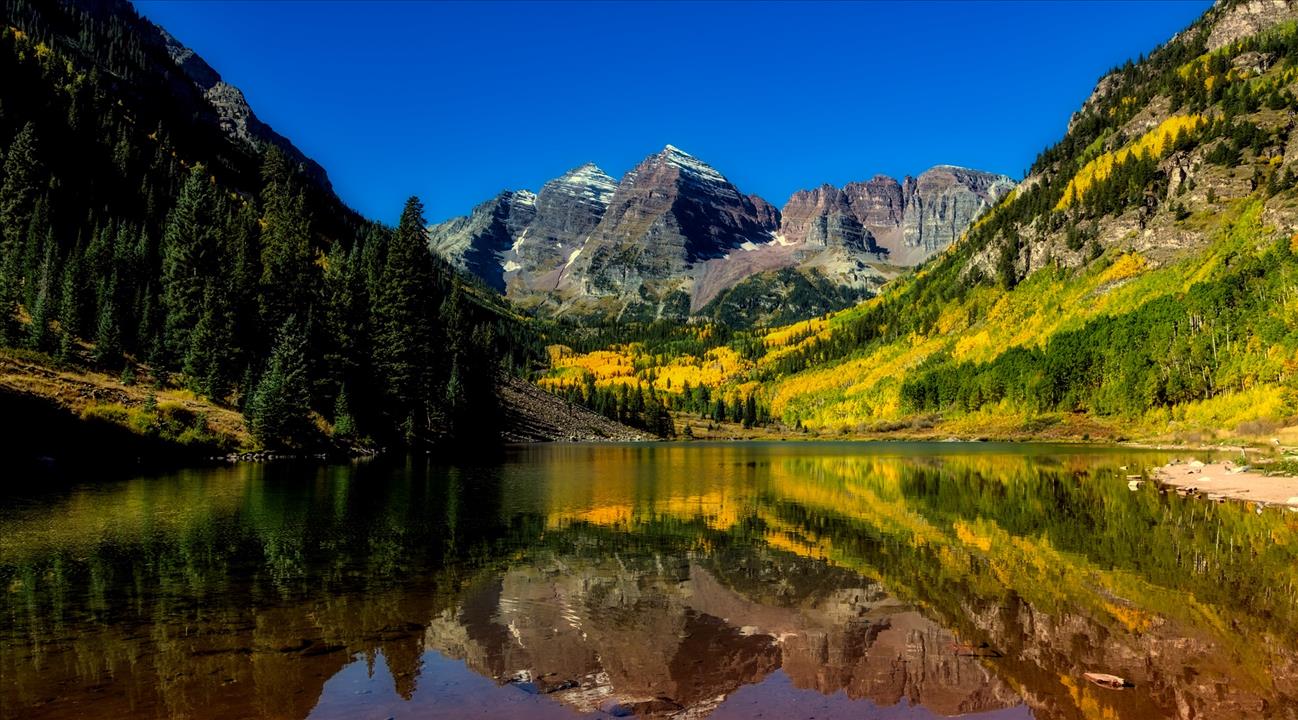The Rocky Mountain region abounds with visually stunning natural formations, so you can think of Colorado home insurance as protection for that gorgeous view of mountains, canyons and mesas.
The great variations in altitude contribute to the state having one of the most complex climates in the U.S. Colorado experiences extreme cold in the winter, along with very heavy snowfall, and the southern portion of the state isn't any warmer on average. But when the snow starts to thaw and then melt, the possibility of flooding and mudslides makes spring a time that puts all of your damage prevention and mitigation efforts to the test.
Diverse Damages Diminished
Standard Colorado home insurance policies for property owners and renters provide coverage for damages caused by:
- Wind
- Fire
- Smoke
- Falling objects
- Vehicles
- Aircraft
- Vandalism
- Theft
- Volcanoes
It might seem strange that largely dormant volcanoes are covered under standard policies and yet the more common phenomenon, flooding, isn't covered. Earthquakes aren't included in basic home insurance either, but Colorado's not the highest risk state for quakes. While you could easily get away with not buying additional coverage to include the ground shaking, floods may be worth the added expense when you think about conditions are like after the close of skiing season. Contemplate the location of your dwelling with respect to flood risks, which is exactly how flood insurance prices are set.
Most Colorado dwellers who purchase coverage of flooding damage get it from the Federal Emergency Management Administration's National Flood Insurance Program. Don't confuse this with FEMA's disaster relief for areas that are officially declared emergencies, because such funds are intended to be short-term loans that need to be repaid. That contrasts with flood insurance, which reimburses you for flood damage without literally asking you to repay the debt. However, whenever you file a claim of damages with any kind of insurer, flood or otherwise, and the outcome of the filing is a settlement, you can expect to see an increase in your premiums. The price increase reflects the change in the perception of your riskand is part of the insurer's effort to manage costs.
Consider Inclines
A big cost consideration for Colorado home insurance shopping is whether a dwelling is situated on or near an incline. That might heighten the risk of avalanches, which could mean increased premiums for basic insurance. This could also translate into higher prices for flood coverage, because of the potential for water to flow downhill. Policy prices are based on the amount of threat posed by the likelihood and scope of damage from unfortunate incidents. The riskier something is, the higher the pricing, and yet ironically, the more urgently you might need insurance covering that particular type of risk.
If you're concerned about monthly pricing for full coverage against the risks in your neighborhood, consider policies with higher deductibles. The deductible is the amount of money you have to pay in cash toward the first insurance claims, and this figure usually resets annually. Decisions regarding premiums and deductibles don't have to be all-or-nothing propositions, as you could opt for a moderate premium and a moderate deductible.
No matter which specific policy you choose to protect your Colorado dwelling, along with its occupants and guests, you'll be way better off than if you don't have insurance. Whether you're a homeowner, landlord or renter, insuring your home is a way of protecting your investments from losses. That can free your mind so can better avail yourself of all the wonders of living in a Rocky Mountain state.
Are You a Professional?
Requests for your services are coming in left and right. Let’s connect and grow your business, together.


